
Common assumptions about each generation are often incorrect, according to an expert in generational research.

Supporting the Evolving Retail Pharmacy Landscape While Improving Medication Adherence

Common assumptions about each generation are often incorrect, according to an expert in generational research.
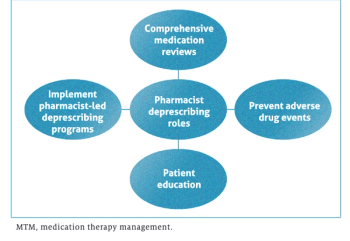
Pharmacists play key roles in performing comprehensive patient reviews, reducing polypharmacy.

Guilty plea relates to shortcomings in recordkeeping of controlled substances 10 years earlier.
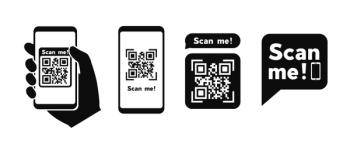
QR codes were invented almost 30 years ago and are used on everything from cereal boxes to repair manuals, yet pharmacy has yet to even consider them.

It’s time for pharmacies to take a page out of the books of hospitals and tech companies by expanding and streamlining their use of contingent labor.

Real-world metrics demonstrate that using health-system specialty pharmacies (HSSPs) means everyone wins: health systems, clinicians, and patients.

Radio frequency identification-enabled automation for inventory management has only achieved its massive adoption in the retail space over the past 2 decades.
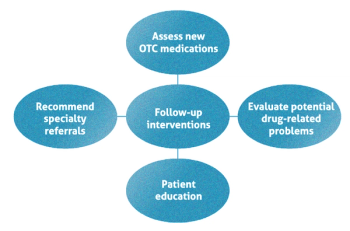
These appointments help identify medication-related problems and serve as a platform for additional education.
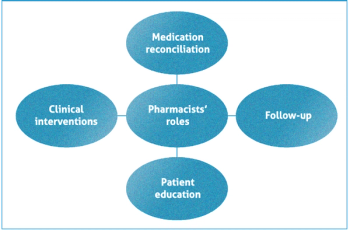
Clinical interventions, follow-ups, medication reconciliation, patient education are key aspects of the programs.
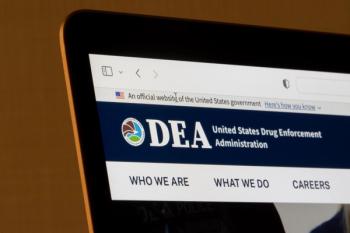
Proposed rules would permit a telehealth provider to prescribe only up to a 30-day supply of a Schedule III-V non-narcotic controlled substance or buprenorphine through telehealth without the patient first being evaluated in person by a provider.

Nearly 84% of hospitals are working to prevent and mitigate burnout, with increased support and programs for individual wellness and resilience practices.

Pharmacists were asked about their levels of burnout, drivers and symptoms of this burnout, and what steps their workplaces had taken to improve the issue.

Pharmacy professionals can bring in the right people at the right time to identify needed changes and develop an action plan.

Pharmacists are crucial in supporting patients with attention-deficit hyperactivity disorder as shortages of Adderall continue.

Improving the process of safe medication therapy management requires comfort, trust, and fostering a culture for safe communication.

Studies show that patients who are introduced to patient support programs through digital platforms are more likely to use support services.

Remote work has been a growing trend across many different areas of pharmacy.

Expert discusses how patients who participate in Ramadan, a month of fasting in Islam, can stay safe while doing it, and offers insight into how patients can work with pharmacists to adapt to their medication needs.

Expert weighs the benefits and pitfalls of social media, the importance of quality information from credible journal sources, and why information that sparks an emotional response can be more influential than evidence-based facts.

Vibhuti Arya, PharmD, MPH, FAPhA, explains how APhA as an organization is opening discourse among its members regarding unpacking and dismantling structural racism in the organization and in the profession at large.

Vibhuti Arya, PharmD, MPH, FAPhA, discusses the role of the individual in progressing structural and systemic changes in the pharmacy ecosystem.

In addition to improving working conditions for current employees, burnout must be addressed in order to recruit and retain new employees and alleviate understaffing.
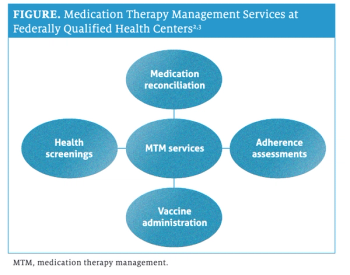
Services include adherence assessments, health screenings, medication reconciliation, vaccine administration.

Pharmacists should continue to seek out opportunities to be involved in family medicine and chronic disease state management to make meaningful impacts on care.

Pharmacy departments can be one of the most expensive departments in a cancer center practice, but the revenue generated for its services typically far outpaces associated costs.